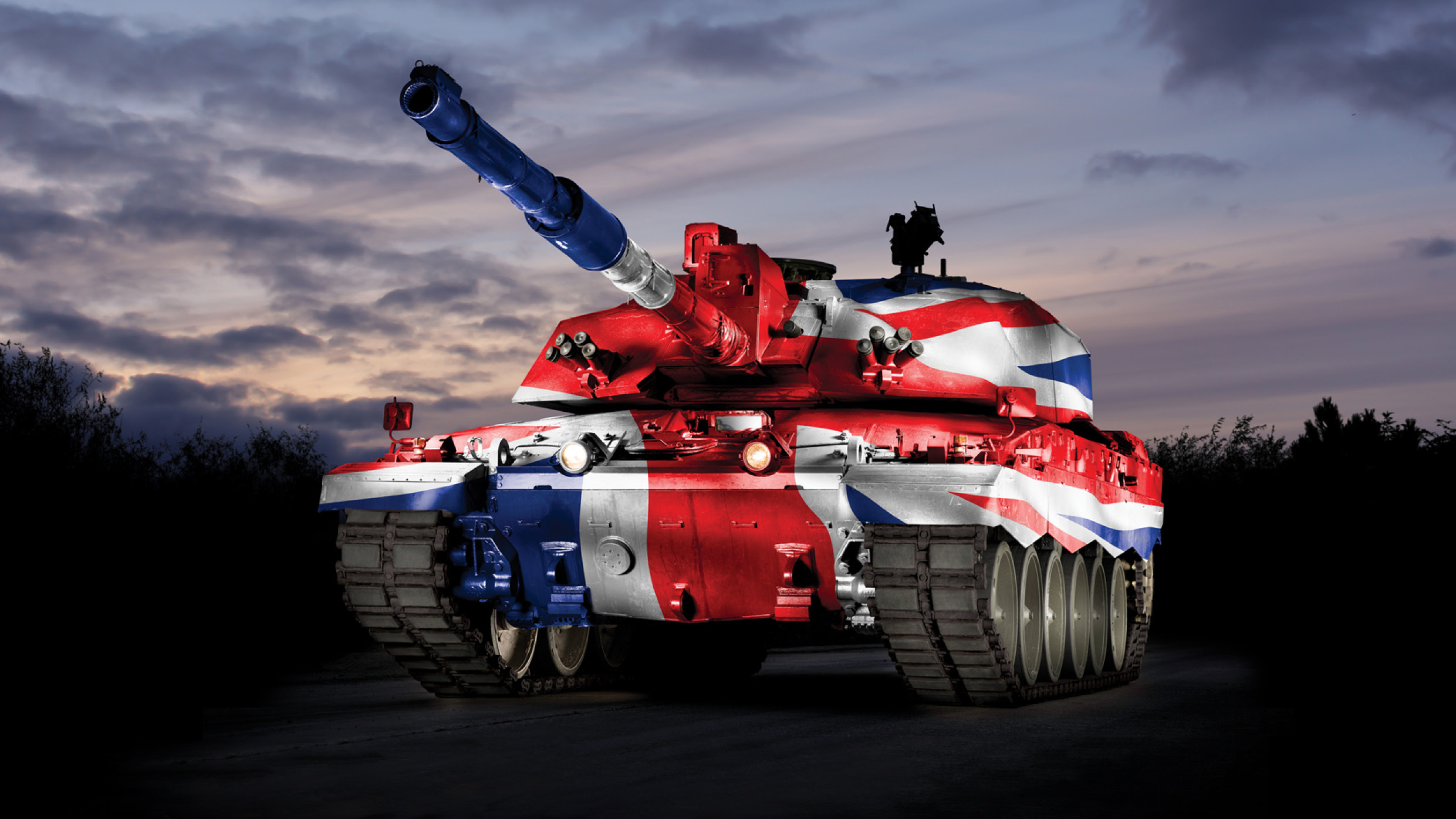
In the BBC's Planet Earth II nature documentary series, David Attenborough's team used advanced thermal imaging cameras developed by aerospace company Leonardo to track a pack of leopards hunting in the darkened streets of Mumbai.
Now, that exact same technology could be built into the British Army's main battle tank. BAE Systems is bidding for a contract to upgrade Challenger II, and Leonardo's advanced night vision tech is a key part of its plan.
Instead of detecting light, Leonardo's cameras sense heat emitted by all objects with a temperature above absolute zero (-273C). Each pixel in the sensor is 1/12 the thickness of a human hair, and can detect changes as small as 1/50 of a centigrade, producing extremely sharp images.
"Our thermal cameras – designed and built in the UK – can ‘see’ in total darkness as far as the horizon, and the applications for this technology are endless – from helping improve our understanding of the natural world to improving the operational capabilities of the British Army’s Challenger 2 main battle tank," said Mike Gilbert, senior vice president of Optronics Systems UK at Leonardo.
“Our infra-red technology plays a crucial role in supporting British troops in the most challenging environments and we’re pleased to be working alongside BAE Systems to offer this technology for Challenger 2, helping extend its life to 2035 and beyond.”
Heat of the moment
Leonardo's thermal imaging technology has found a wealth of uses – both military and civilian. In addition to other nature programs, including Autumnwatch and The Great British Year, it's proved valuable in international sport. During the Ashes Test Series in Australia, it was used to determine whether the ball had struck the batsman, bat, or pads by detecting the friction of impact.
From a military standpoint, the technology has helped helicopters to fly undetected through mountain valleys in Afghanistan, and enabled their crews to detect, recognize and identify troops before entry into drop or landing zones.
Sign up for breaking news, reviews, opinion, top tech deals, and more.
"Leonardo’s sight brings to Team Challenger 2 the most capable night vision available," said Simon Jackson, campaign leader for Team Challenger 2 at BAE Systems.
"Combined with our engineering skills and knowledge of Challenger 2 – which we designed and built – we will work together to integrate Leonardo’s technology seamlessly into the tank, sharing data across crew stations and with battle management computers."

Cat is TechRadar's Homes Editor specializing in kitchen appliances and smart home technology. She's been a tech journalist for 15 years, having worked on print magazines including PC Plus and PC Format, and is a Speciality Coffee Association (SCA) certified barista. Whether you want to invest in some smart lights or pick up a new espresso machine, she's the right person to help.